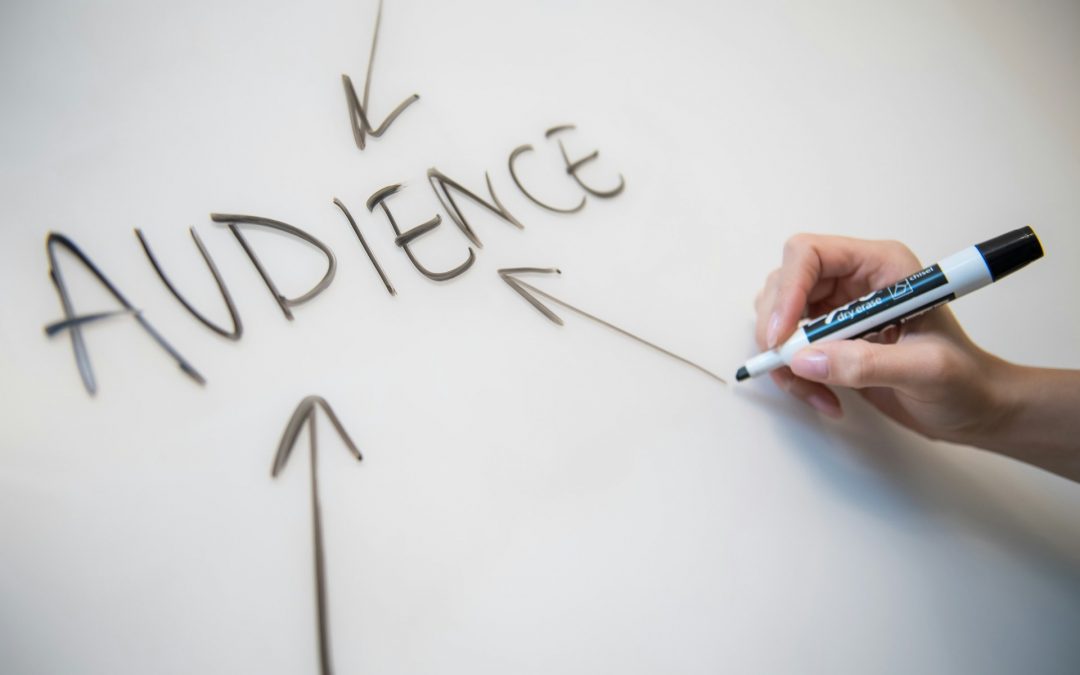I’ve been getting a lot of research and data coming my direction that I’ve decided to share with you in a series of articles I’m labeling Audio Advertising. As a business owner or just a regular consumer, we hear and read various things that we might think are more true than they really are.
One of the ways to identify these types of mis-information is when they include absolute statements such as:
No one listens to music on the radio anymore.
Sports Fans watch all their games on TV or in person.
Podcasts are what everyone is listening to these days.
Or Radio is dead.
The past couple of weeks, I’ve addressed the Radio is Dead rumor with evidence that it’s not. It’s alive and thriving. If you missed those stories, go back and read or listen to the podcast episodes.
Before I joined News/Talk WOWO radio in 2013, I worked primarily for music stations. The past couple of decades pundits were eager to declare that ad supported free AM/FM commercial radio was dying and people were now going to listen to their favorite songs via streaming services. Pandora Music was one of thee first that has it’s roots going back to the year 2000. It was September of 2005 that they officially launched as a subscription ad-free music service but then they added a free service that included advertising, similar to traditional radio.
According to Wikipedia, Pandora grew to around 70 million active monthly users worldwide, but that number comes from 2013.
What does this have to do with advertising?
A couple of things…
Local businesses can pay to run ads on Pandora.
Pandora is not the only music streaming service and others also offer ad placement, Spotify is the most recognized for home/office and Sirius XM for mobile listening in vehicles.
Pandora and these other streaming radio services never have had the number of listeners that traditional radio stations continue to have and a recent study shows that Pandora’s ability to reach local listeners with your advertising message has been declining for years.
Here are some highlights from a report from Westwood One titled What Ever Happened to Pandora:
Here are five key findings:
- Since consumer interest in Pandora Radio hit an all-time high in 2008, its audience and profile have significantly collapsed, according to Google Search trends.
- A brand-new Advertiser Perceptions study conducted in August 2024 reveals marketers and media agencies need to “take the me out of media” as they wildly overestimate Spotify and Pandora audiences and dramatically understate AM/FM radio’s shares.
- AM/FM radio represents the dominant ad-supported audio platform with a 69% overall share and a massive 86% in-car share.
- Podcast audiences soar. At a 19% share of ad-supported audio, podcasts now represent one out of every five minutes of U.S. ad-supported audio.
- Among registered voters, AM/FM radio leads in ad-supported audience share (69%), followed by podcasts (19%).
I’ll have more on the podcast growth trend in a few weeks. For now, let’s dig into the Pandora data:
Ad-supported Pandora’s daily reach has been cut in half; AM/FM radio streaming is twice as big as ad-supported Pandora and ad-supported Spotify
Since 2017, Edison’s “Share of Ear” reports ad-supported Pandora’s daily reach has plunged from 12% to 6%. At a 63% daily reach, AM/FM radio’s audience is ten times larger than Pandora. Amazingly, the 11% daily reach of AM/FM radio streaming is double that of ad-supported Pandora (6%) and ad-supported Spotify (5%).

Looking at one of the charts, we see that AM/FM radio listenership either over the air or via a stream was 77% of daily listening in 2017 and in 2024 it’s 70%. Meanwhile Pandora dropped from 12% down to 6%, Spotify went up 1% from 4 to 5 while Sirius remains flat at 5% of daily listening.
Most traditional AM/FM radio stations offer additional ways to listen to your favorite station along with a regular AM/FM radio and that’s where the streaming comes in. In my home we have both Alexa and Google Home smart speakers which have replaced the radios in a couple of rooms in our house.
As an experiment for this article, i listened to Pandora for about an hour and never heard any local ads. When I looked at the display ads, again nothing local and nothing targeted to me despite the fact they have that meta data. The job I had before returning to radio in 2013 involved a lot of desk work and I would listen to Pandora for a portion of the work day.
Bottom line is in order to invite local consumers to your business, local radio is still an excellent choice you need to consider.

